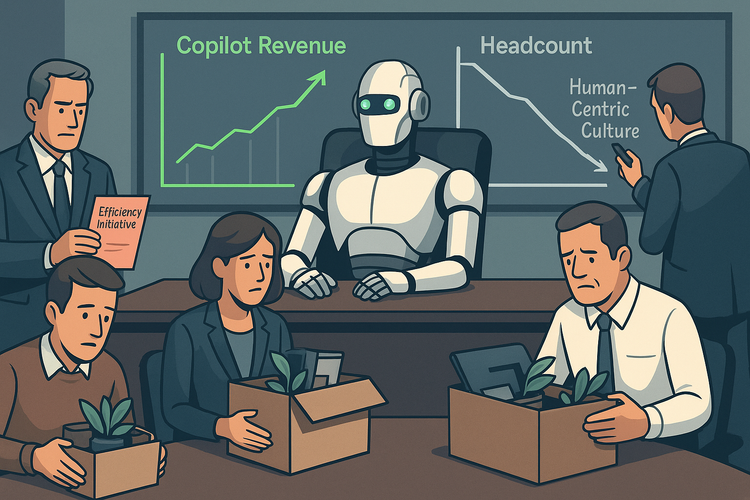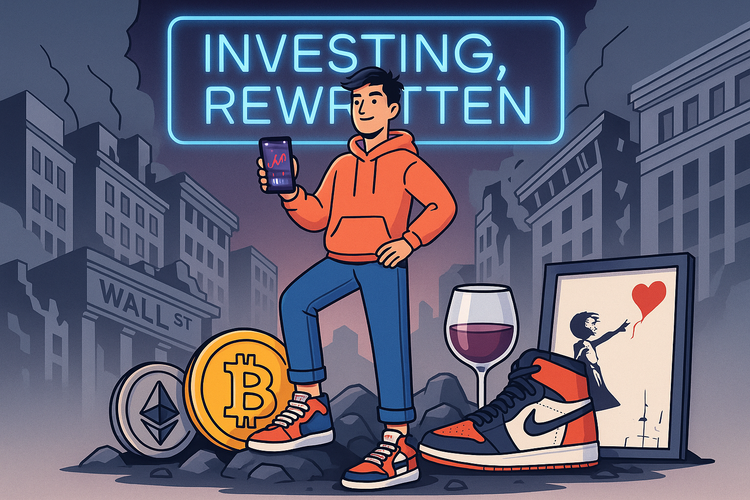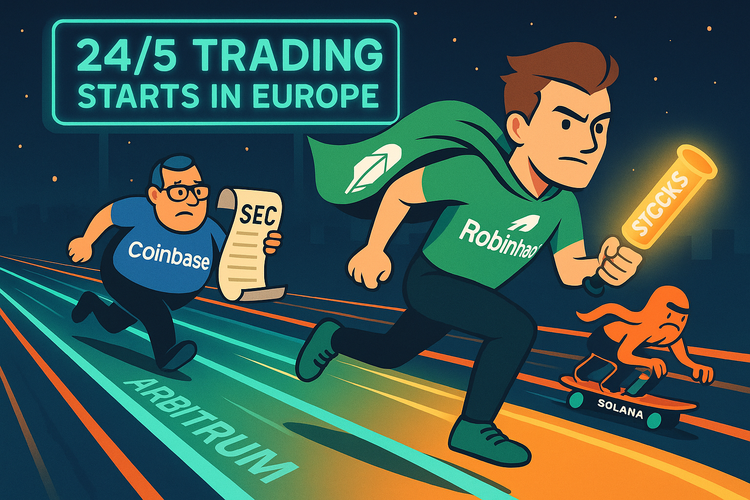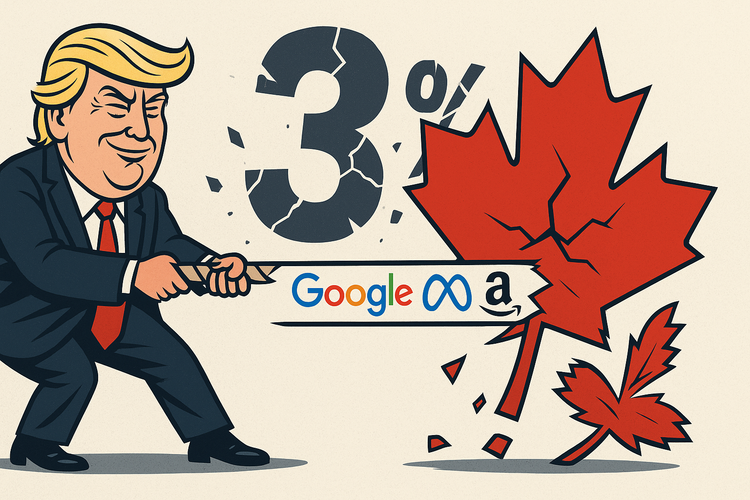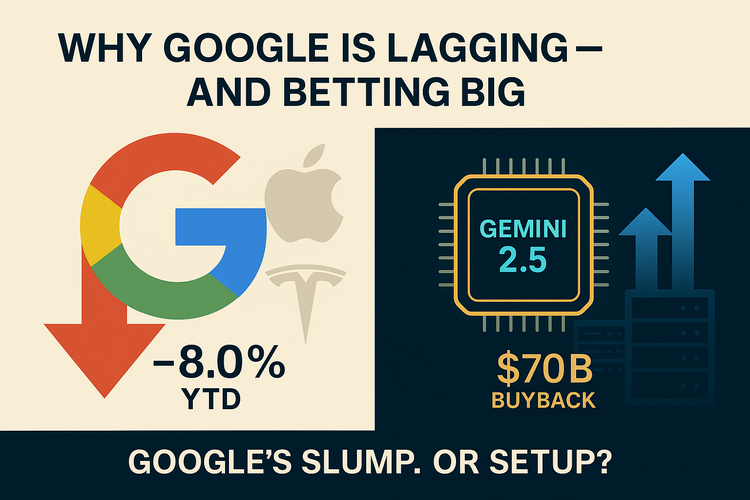Why Everyone’s Firing Their AI Assistant — The GPT Honeymoon Is Over
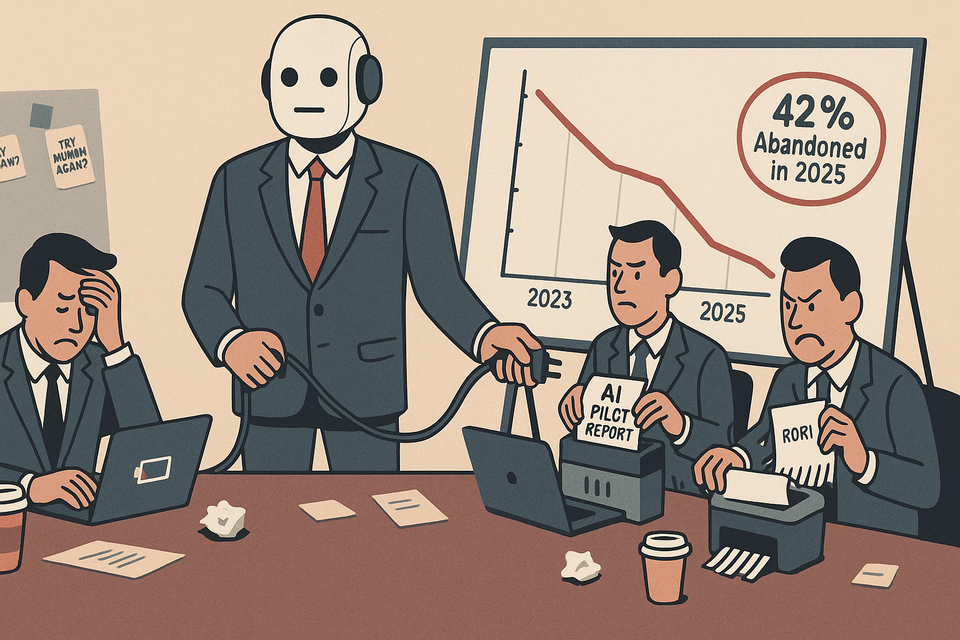
Summary
AI assistants were supposed to save us time.
Instead, they’re burning money, exhausting employees, and hallucinating legal cases.
From GPT-4o to Claude, usage is slipping, and enterprises are backing away.
Here’s what that means for the future of "everyone’s favorite intern."
Introduction: So Long, My Artificial Friend
Remember when ChatGPT was everyone’s favorite coworker?
Fast, smart, maybe a little too eager to cite nonexistent laws—but hey, we loved the enthusiasm.
Fast forward to mid-2025: companies are pulling the plug on AI pilots like it's WeWork 2.0.
GPT-4o is throttling users, Claude is hallucinating lawsuits, and Perplexity? Well, even it took a breather in April.
The promises were big: faster workflows, infinite scalability, and a personal assistant that never sleeps.
But reality showed up with token limits, unexpected costs, and a growing sense that maybe, just maybe, we were trying to do too much with not-quite-there tools.
Trend Breakdown: The AI Assistant Cooldown
Corporate AI Fatigue
- 42% of companies abandoned most AI initiatives in 2025 (up from 17% in 2024)
- Gartner says 30% of genAI projects will be scrapped after PoC by end of 2025
- Estimated enterprise implementation costs: $5M–$20M per model
"Just make it generate bullet points" doesn’t work when your AWS bill looks like a defense budget.
Enterprises are discovering that most GenAI pilots don’t scale—and the ones that do require budgets typically reserved for IPOs or war.
The Monetization Gap
- Only 3% of users pay for consumer AI apps
- ChatGPT Plus conversion? ~5% of weekly actives
- Most users would pay $0 for an AI assistant
“It feels like Google, but worse—and slower.”
The consumer AI market is facing one of the largest monetization gaps in recent tech history. Massive interest, near-zero willingness to pay. Great for engagement metrics, terrible for revenue.
Performance & Usage Complaints
| Platform | Complaint | Result |
|---|---|---|
| GPT-4o | 80-message caps, sluggish long-form | “Unusable for real work” |
| Claude | Token limits, 3-hour lockouts | Rage-quit from devs |
| Perplexity | 27% app download drop in April | Bounced back in May (+28%) |
Even the bots seem tired.
Power users are increasingly frustrated. Tools that were meant to enhance productivity are now capped, throttled, and sometimes mysteriously downgraded without warning.
Enterprise Resistance
- AI infrastructure cost errors = 500–1,000% off, says Gartner
- Gemini features auto-bundled into Google Workspace—users can't opt out
- 43% of HR leaders say staff lacks AI skills
- 67% have AI features, but only 41% use them
AI in HR: bought for performance, used for… nothing.
There’s growing resentment toward forced AI integrations. Google’s Gemini rollout drew backlash for bundling genAI tools into enterprise suites without opt-out options. Unsurprisingly, many opted out of Google entirely.
Productivity Paradox
- Employees using AI report 45% more burnout
- 77% say it adds to workload
- 40% feel companies expect too much from AI
The tools were supposed to reduce work. Not become the work.
Surveys show that AI hasn’t magically eliminated grunt work—it’s simply created new types of digital overhead. More prompts, more context switching, and more "managing the AI" instead of managing work.
Why It Matters
This isn’t just a temporary hiccup. It’s the hangover from a $100 billion hype binge.
Big Tech pushed AI as the answer to every problem—from writing emails to fixing cancer. But now we’re discovering that:
- The models are expensive.
- The guardrails are flimsy.
- The return on investment? Meh.
If you're an enterprise CTO, this means being more skeptical of "AI everywhere" roadmaps.
If you're a founder? Maybe don’t pitch your app as “ChatGPT for pets.”
The AI assistant market isn’t dying—it’s maturing. And that means smarter, more targeted deployments, not endless copilots chasing diminishing returns.
Takeaways
- AI = Cost center (for now). Most genAI tools have negative unit economics.
- Usage ≠ Conversion. Low pay rates are unsustainable for open-ended assistants.
- Fatigue is real. Both users and devs are burnt out from half-working integrations.
- Enterprise shift incoming. Expect a pivot from horizontal to vertical AI apps.
- GPT is still good—but not magical. It’s a tool, not a messiah.
Sources
- Gartner on AI abandonment (2025)
- Reddit user complaints about GPT-4o usage caps
- Claude AI user decline analysis
- Statista: Willingness to pay for AI assistants (US)
- Menlo Ventures: State of Consumer AI (2025)
- WritingMate: GPT usage limits and workaround tools
- Anthropic Claude user complaints roundup
- TechCrunch: Claude AI failed as business owner in simulation
- Forbes: Why AI fatigue is real—and how to beat it
- Exploding Topics: Perplexity AI usage stats
- Google forces Gemini AI on Workspace users
- Fortune: AI-induced employee burnout and enterprise frustration
- Reddit dev community on AI fatigue

